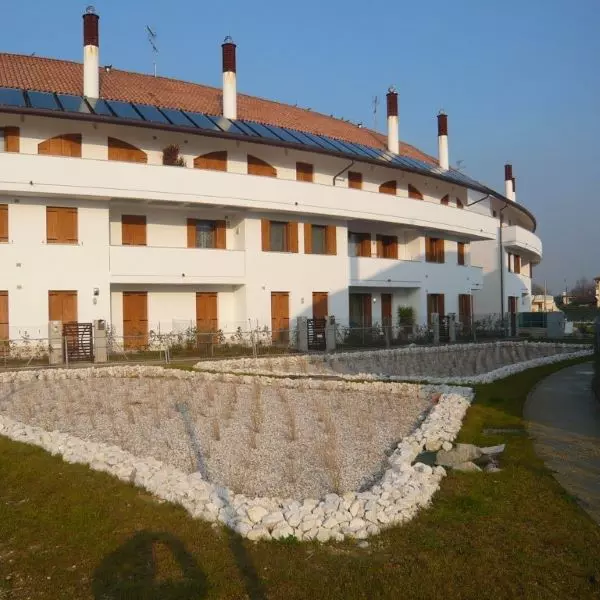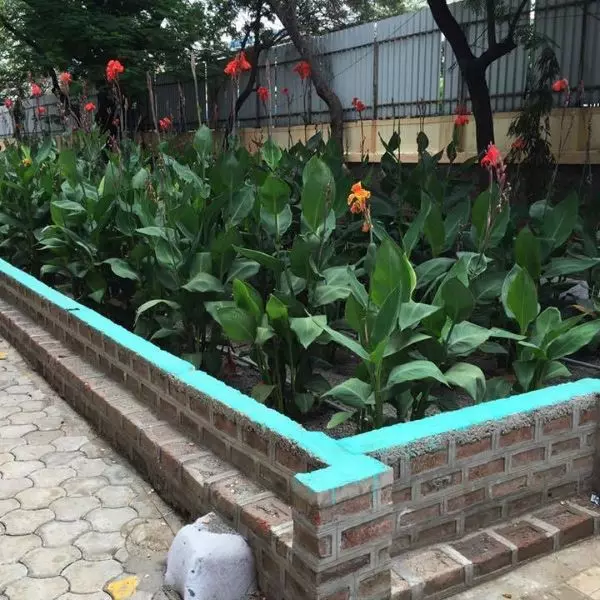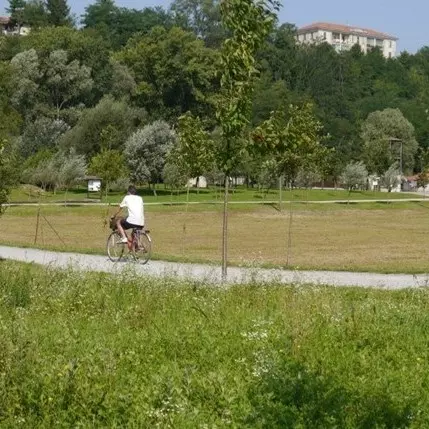Water & Environment
“E mormora e urla, sussurra, ti parla, ti schianta, evapora in nuvole cupe rigonfie di nero e cade, rimbalza e si muta in persona od in pianta, diventa di terra, di vento, di sangue e pensiero. Ma a volte vorresti mangiarla o sentirtici dentro, un sasso che l' apre, che affonda, sparisce e non sente, vorresti scavarla, afferrarla, lo senti che è il centro di questo ingranaggio continuo, confuso e vivente.”
F. Guccini: Acque

Water saving

Graywater reuse

Wastewater and nutrients reuse



